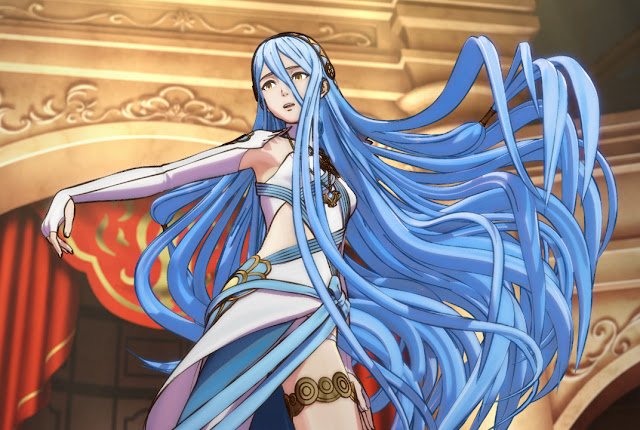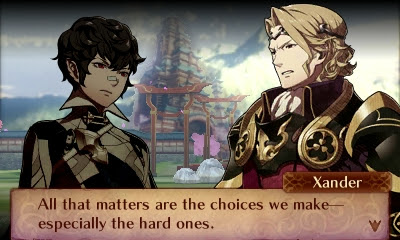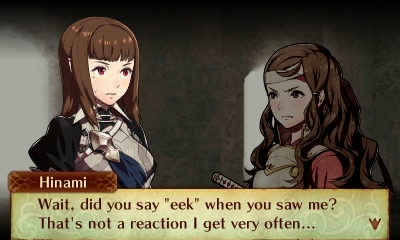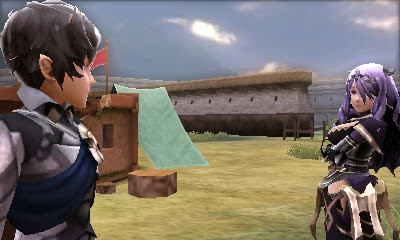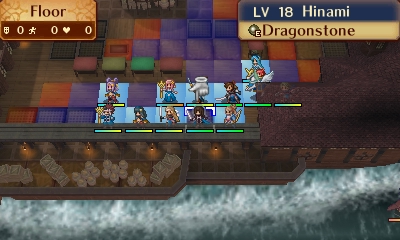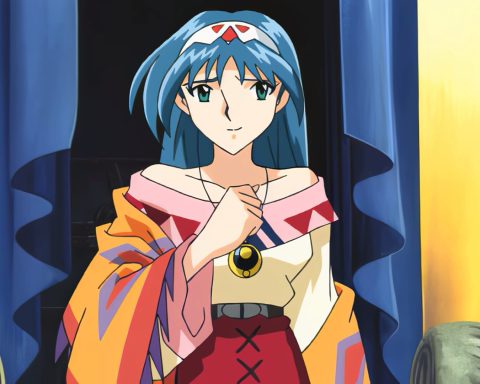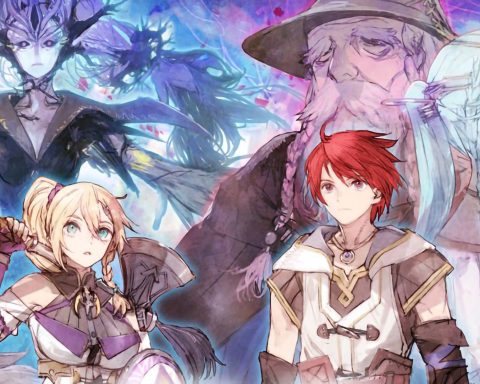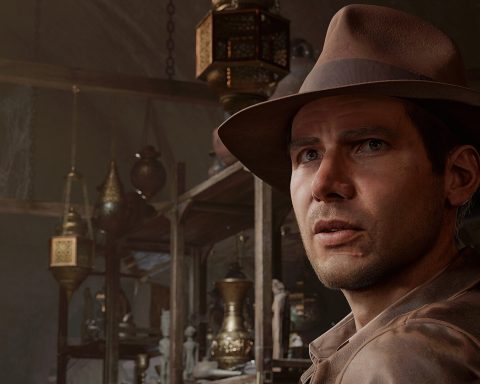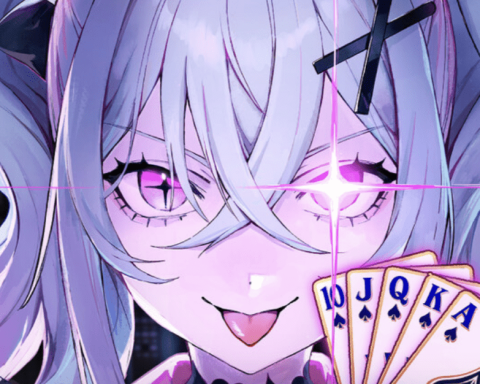Since its inception in the early nineties, Fire Emblem has been forward-thinking with its humanisation of war. In a period when competing titles had players manipulate generic tanks and infantrymen for glory or without context, Intelligent Systems’ tactics series put a face to each of its warriors whilst recognising the ails of armed combat. Some character back stories were a mere sentence or two, yes, but the act of giving each one a name and personalised characteristics presented war simulation as something heavier and more personal than a game of mathematics. The sense of loss was conveyed to the player in a very primal fashion no other medium could achieve; when a player unit fell in battle, they were gone forever and a little part of you died with them.
Where I’ve longed to see the series transform is in its conflicts. It has, in fact, played host to compelling adversaries that run the gamut from manipulative politicians to sympathetic royalty. There’s the heartbreaking tale of Zephiel, a kind-hearted youth who becomes unstable following childhood trauma, the smarmy but resourceful Lekain, who pushes political agendas from the shadows, and Mad King Ashnard, who represents humanity’s capacity for malice without noteworthy influence. Nonetheless, there’s a strong tendency for writers to point fingers at boogie men like ancient monsters. That plot device works as a criticism of the broader ideologies that lead to war in the first place, but far too often they feel like an excuse to bust out a cool-looking monster rather than pen a back story about characters with the psyche required to commit heinous acts convincingly.

